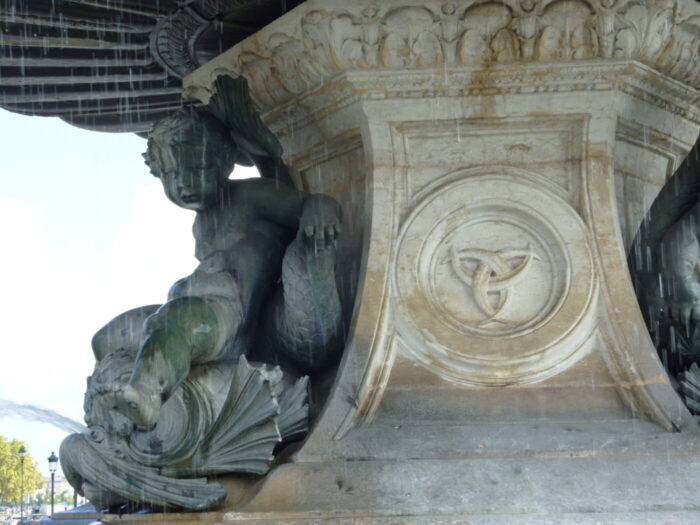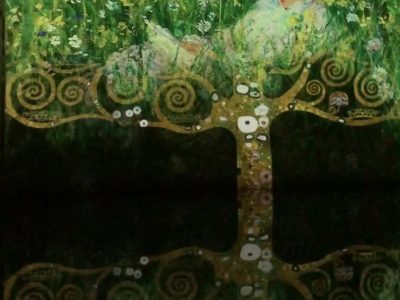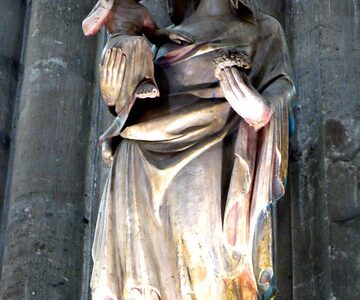
Three Graces
This week my blog is about Bordeaux. I should be there now but with so few tourists this year, another guide looking for work is not what my colleagues there need. This photo is part of a fountain in the Place de la Bourse. The Place is the backdrop reflected by the Mirroir d’Eau, that has come to represent Bordeaux since it was inaugurated a few years ago. The three intertwined new moons on the marble base is the symbol of Bordeaux, the Port de la Lune.

The Place has changed its name several times. It was the Place Royale and had an equestrian statue of Louis XV in the middle but after the Revolution it became the Place de la Liberté. I love it when you see the different street names carved on walls, I took a photo of in a street just off this square.
At first the government was not sure how to commemorate the revolution or what date would be the most significant. It was a long time before they would have the annual Bastille Day celebrations. An early recognition was planting Arbres de la Liberté in the main town squares. These trees were decorated with red, white and blue ribbons and patriotic placards to symbolise stability and vigour. One such tree was planted here on 15th July 1791. The following year Louis’ statue was taken down and the bronze was used to make cannon at the maritime arsenal of Rochfort.

The Place was used as a poultry market and for festivities. In 1808, when Napoleon Bonaparte visited Bordeaux it became Place Impériale. Napoleon and Josephine watched a firework display from the balcony of the Bourse.
In 1848 the Second Republic was declared and finally this became the Place de la Bourse. The fairs transferred to the Place des Quinconces and it was felt a monument was needed as a focal point here. Soon afterwards, in 1853 Louis Visconti, an artist and architect who worked for the government in Paris, died. His best known design was Napoleon’s tomb in the Hotel des Invalides. After his death, Visconti’s son offered the Three Graces design to any town that would agree to have it made. Bordeaux accepted and the fountain was unveiled in 1869. Another Parisian, Charles Gumery (1827-71) sculpted it. He made a few changes to Visconti’s Graces. Originally they were veiled but Gumery’s are naked. To be fair, most artists depicted them that way. The putti were also his idea. The graces were daughters of Zeus, Euphrosyne (mirth), Aglea (elegance) and Thalia (youth/beauty). They are like Bordeaux, graceful, elegant and fun.

My colleagues in Bordeaux and throughout Aquitaine began a programme this year called Carte Blanche where the guide chooses a theme depending on their personal interests. See https://www.agica.info/en/ or on Instagram #monguideofficielna




